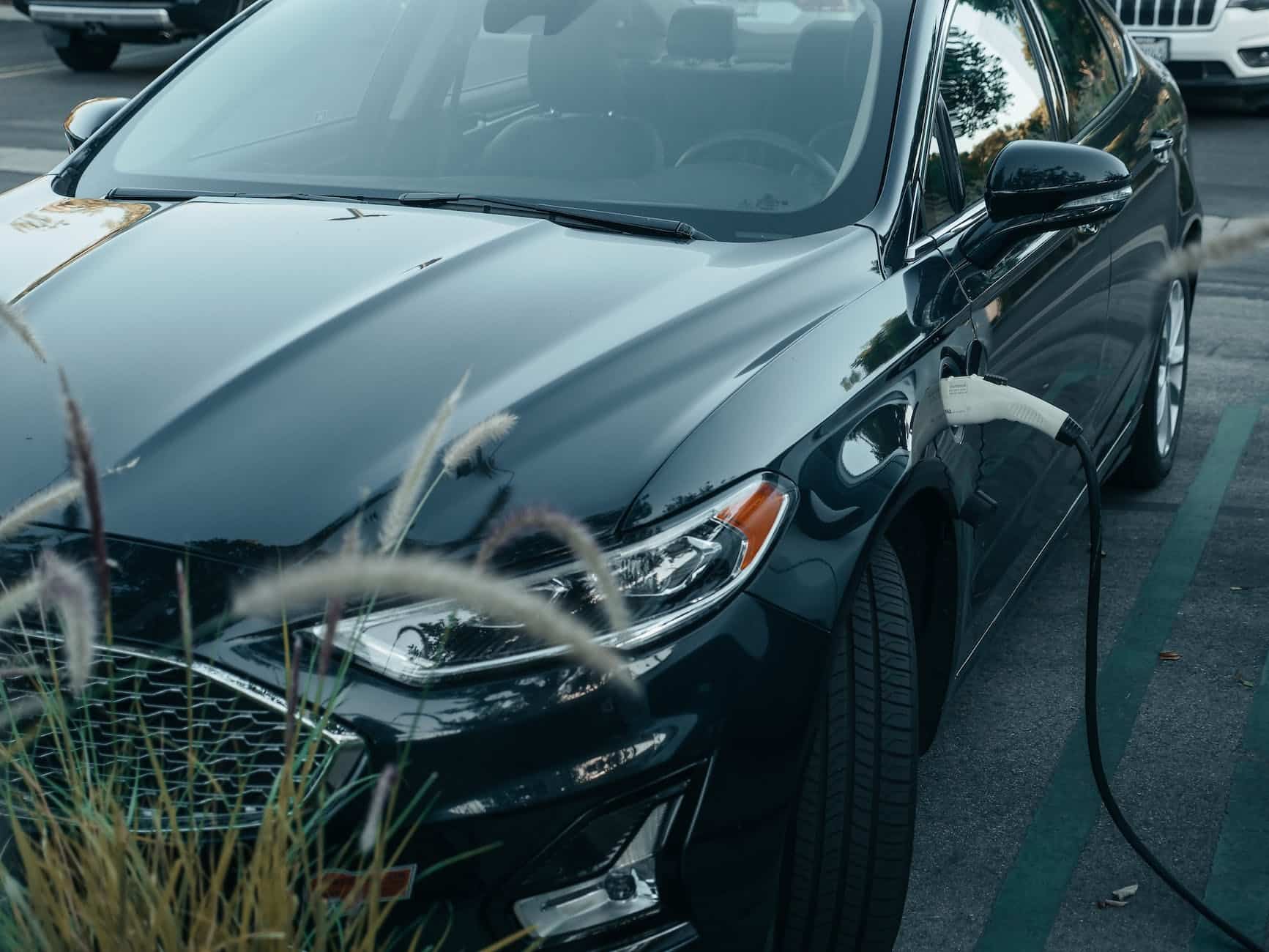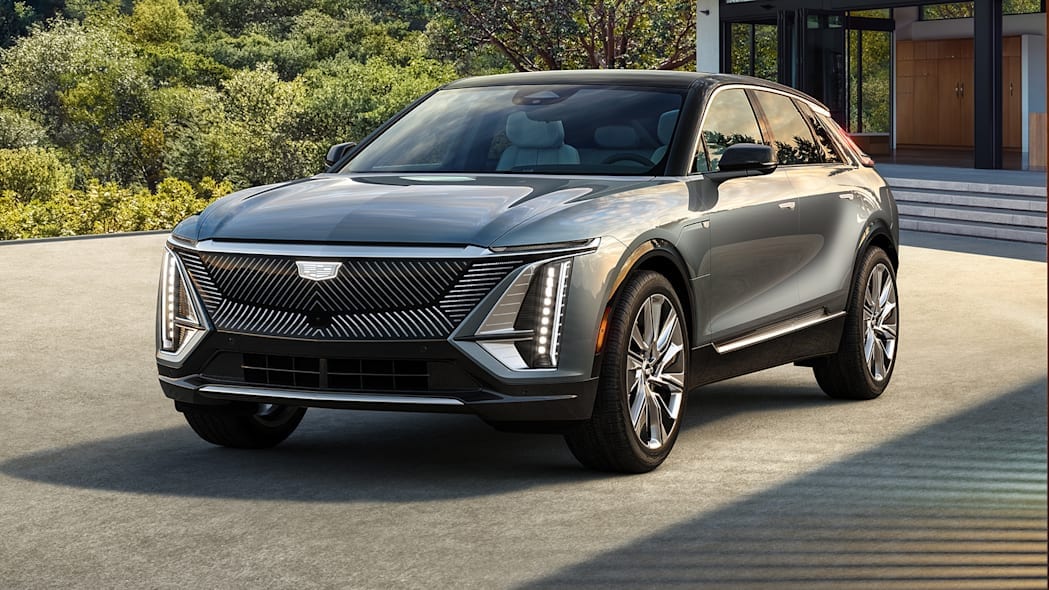The SpaceX Hyperloop Pod Competition has been announced for independent engineering teams, as well as student teams interested in building their own Hyperloop transit pods, and a 4-5 foot test track for them is being constructed. The contest will be conducted in two phases: In the first phase (Design Weekend), teams will submit their designs to Tesla and SpaceX judges under these guidelines.

The second and last phase will be the moment of truth — the construction of their Hyperloop pod designs. The pod designs will be tested on a one-mile track under construction at SpaceX’s headquarters in Hawthorne, California in 2016.
The Hyperloop is a high-speed evacuated tube transit technology. That means that it utilizes the low drag potential of (virtually) airless environments to increase efficiency and performance. Removing air from the Hyperloop to increase performance sounds a bit extreme, but aerodynamic drag at the incredible speeds Elon Musk intended is immense.
This is why the Hyperloop isn’t just another attempt at building a high-speed vehicle. While the other projects are limited by drag, the Hyperloop just gets it out of the way (mostly), potentially opening a window of opportunity for people to travel thousands of miles in a matter of minutes. In general, public transit can provide the benefit of increased efficiency (which often results in a reduced cost) compared to travel by car.
At this stage when public transportation is struggling to compete with private car transit, something as fast as the Hyperloop might win people over. Today’s cars can travel at speeds well over 100 mph, but they can’t travel anywhere near such speeds due to stops and turns. I hope that researchers take advantage of the opportunity to try this promising technology and demonstrate its viability.
After all, SpaceX and Tesla are paving the way for testing. If researchers are successful, more evacuated tube transport technologies will come about and usher in a new era of high-speed, high-efficiency transit without the bumps or noise of road-based transit.








